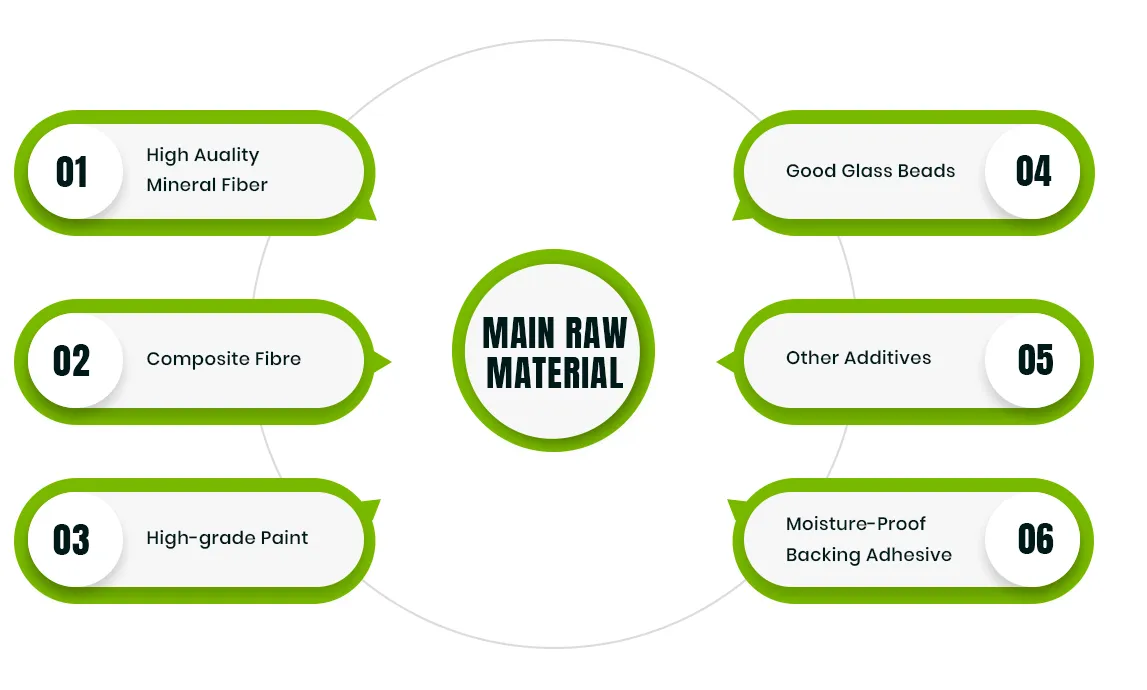- Afrikaans
- Albanian
- Amharic
- Arabic
- Armenian
- Azerbaijani
- Basque
- Belarusian
- Bengali
- Bosnian
- Bulgarian
- Catalan
- Cebuano
- Corsican
- Croatian
- Czech
- Danish
- Dutch
- English
- Esperanto
- Estonian
- French
- German
- Greek
- Hindi
- Indonesian
- irish
- Italian
- Japanese
- Korean
- Lao
- Malay
- Myanmar
- Norwegian
- Norwegian
- Polish
- Portuguese
- Romanian
- Russian
- Serbian
- Spanish
- Swedish
- Thai
- Turkish
- Ukrainian
- Uzbek
- Vietnamese
Août . 02, 2024 14:53 Back to list
Exploring the Benefits and Applications of Laminated Gypsum Board in Modern Construction Projects
Understanding Laminated Gypsum Board Benefits and Applications
Laminated gypsum board, commonly known as drywall or plasterboard, has become a staple in modern construction and interior design. Its lightweight nature, versatility, and excellent acoustic properties make it a favored choice for creating walls and ceilings in residential and commercial buildings. Let’s explore the unique characteristics, benefits, and various applications of laminated gypsum board.
Composition and Structure
Laminated gypsum board consists primarily of a gypsum core sandwiched between two layers of heavy-duty paper or fiberglass. This design allows for a solid yet lightweight material that can be easily cut and installed. The gypsum provides fire resistance, while the laminated exterior ensures a smooth surface for finishing. Some boards are also treated with moisture-resistant materials, making them suitable for high-humidity environments like bathrooms and kitchens.
Benefits of Laminated Gypsum Board
1. Fire Resistance One of the most significant advantages of laminated gypsum board is its fire-resistant properties. The gypsum core contains water, which vaporizes under high temperatures, helping to slow down the spread of flames. This makes it an ideal choice for safety-conscious building projects.
2. Acoustic Performance Laminated gypsum board provides excellent sound insulation, significantly reducing noise transmission between rooms. This feature is particularly desirable in multi-family residences, offices, and schools where a quiet environment is essential.
3. Ease of Installation The lightweight nature of laminated gypsum board allows for quick and easy installation. It can be cut with simple tools and installed using screws or nails, minimizing construction time and labor costs.
4. Cost-Effectiveness Compared to traditional wall systems, laminated gypsum board is more affordable, making it a popular choice for budget-conscious projects. Its durability and low maintenance further enhance its cost-effectiveness over time.
laminated gypsum board

5. Design Flexibility Laminated gypsum board offers tremendous design flexibility. It can be easily painted, wallpapered, or finished with various textures. Additionally, it can be shaped and molded to create curved walls or decorative features, allowing architects and designers to bring their creative visions to life.
Applications of Laminated Gypsum Board
Laminated gypsum boards are widely used in various applications, including
- Residential Construction In homes, laminated gypsum board serves as an integral part of wall and ceiling systems. It allows for quick construction while providing a sleek, finished appearance.
- Commercial Spaces From office buildings to retail stores, laminated gypsum board is utilized to create partition walls, drop ceilings, and aesthetic finishes. Its sound-dampening properties are particularly beneficial in busy environments.
- Renovations and Repairs Due to its ease of installation, laminated gypsum board is commonly used in renovations. It can quickly replace damaged sections of walls and ceilings, restoring a space to its original condition with minimal disruption.
- Soundproofing In theaters, recording studios, and other venues where sound control is critical, specialized laminated gypsum boards designed for soundproofing can be used to meet specific acoustic requirements.
Conclusion
Laminated gypsum board is an essential material in contemporary construction, offering numerous benefits and applications. Its fire resistance, acoustic performance, ease of installation, and design flexibility make it a preferred choice for builders and designers alike. As innovations continue to enhance its properties and expand its uses, laminated gypsum board will likely remain a fundamental building material for years to come. Whether you are constructing a new building or renovating an existing space, laminated gypsum board is a smart, effective solution that meets both functional and aesthetic needs.
-
Transform Interiors with PVC Gypsum Ceiling: A Stylish, Durable, and Moisture-Resistant SolutionNewsMay.19,2025
-
The Smart Interior Upgrade: Discover the Durability and Versatility of Gypsum Ceiling Access Panel SolutionsNewsMay.19,2025
-
The Smart Choice for Interior Design: Discover the Value of PVC Gypsum Ceiling SolutionsNewsMay.19,2025
-
Mineral Fiber Ceiling Tiles: The Smart Blend of Performance and AestheticsNewsMay.19,2025
-
Mineral Fiber Ceiling Tiles: The Superior Choice Over Gypsum for Sound and Fire SafetyNewsMay.19,2025
-
Mineral Fiber Ceiling Tiles: Eco-Friendly Strength and Style for Every CeilingNewsMay.19,2025







